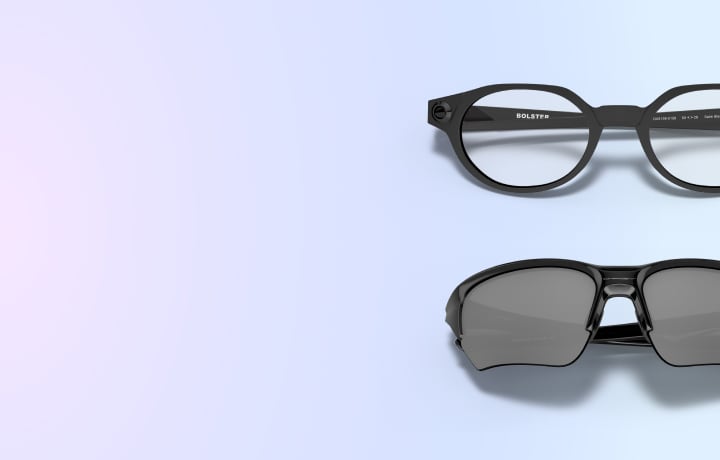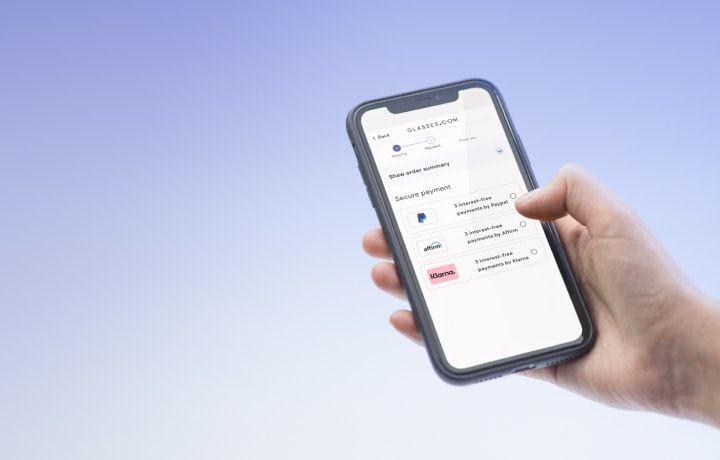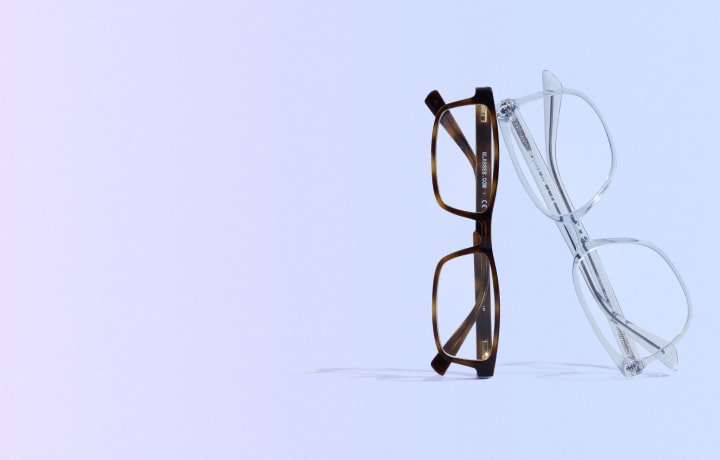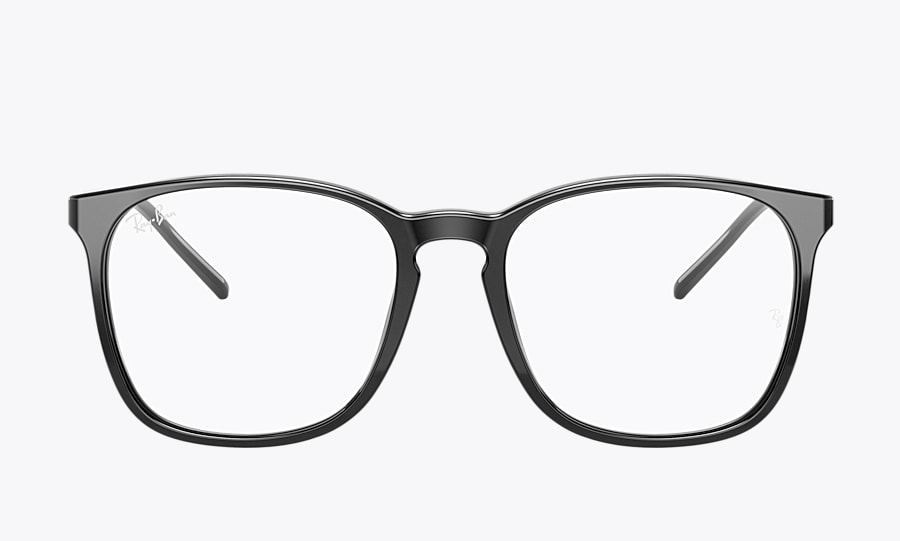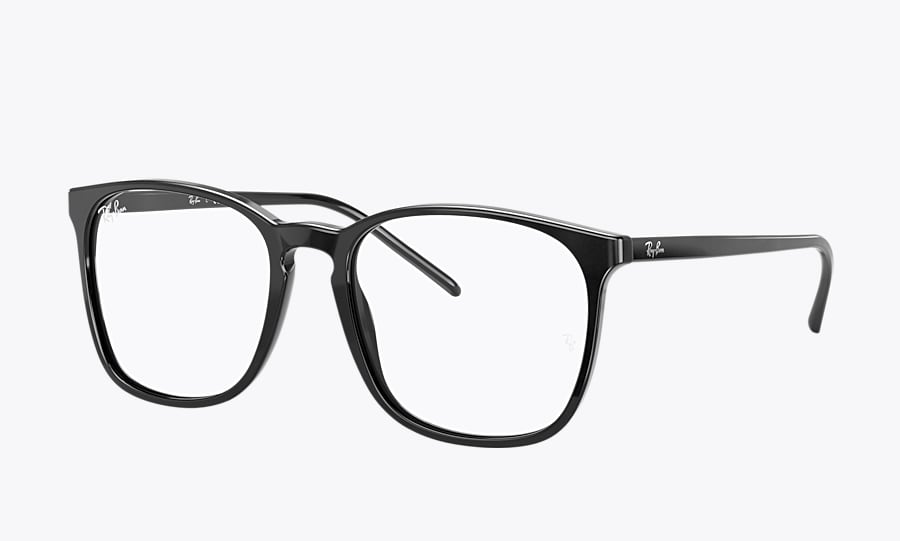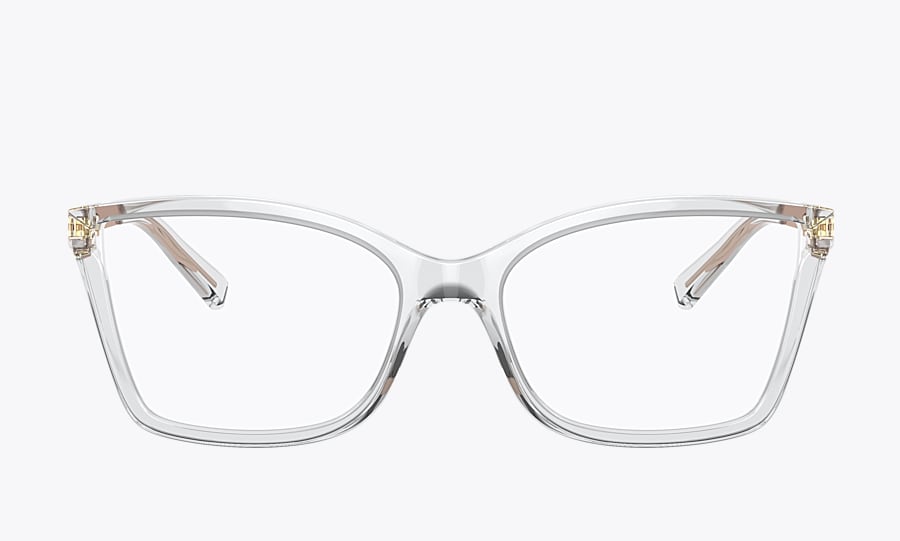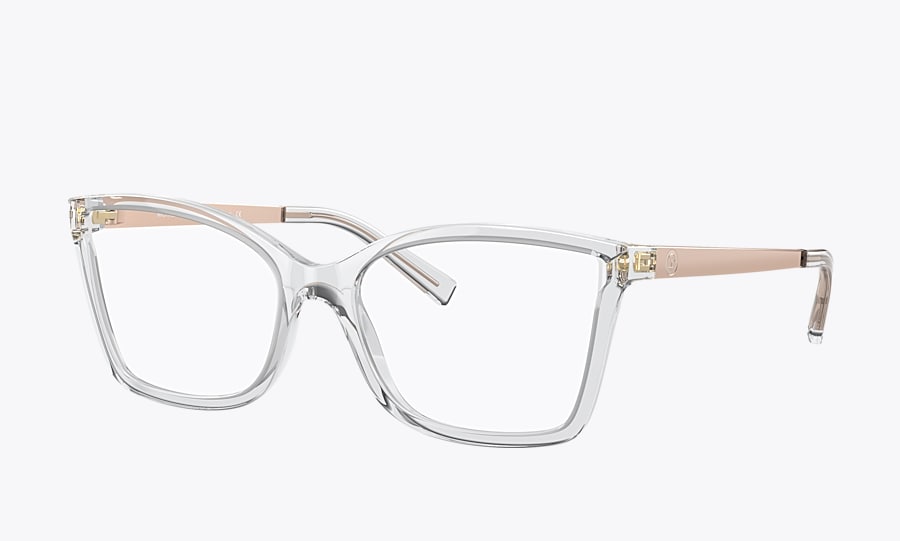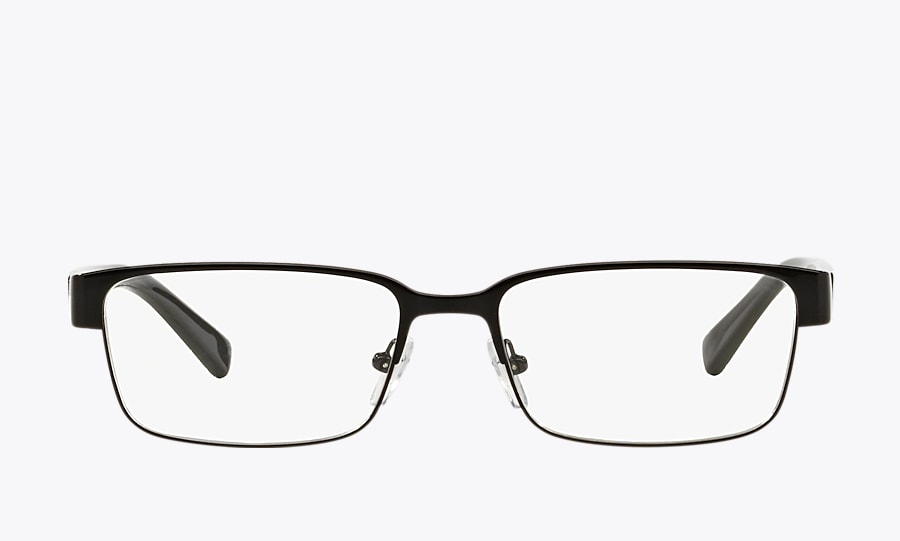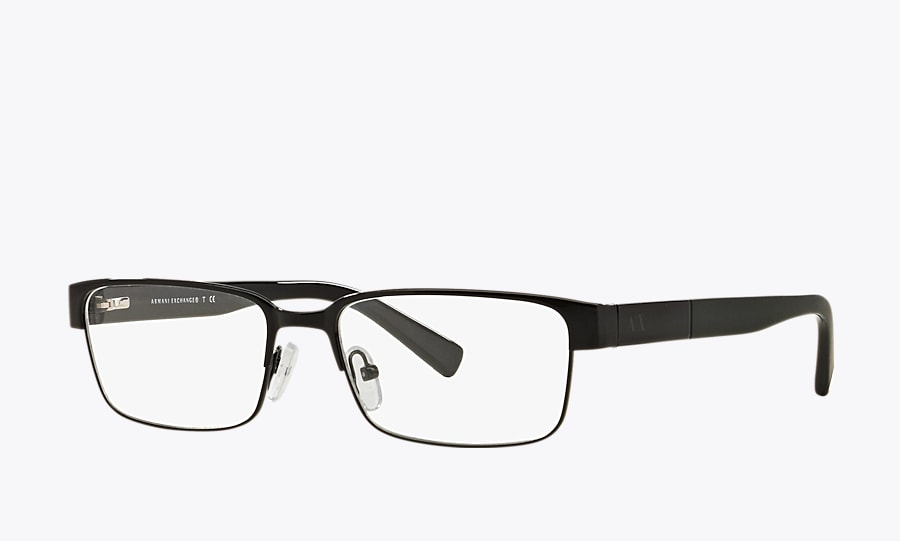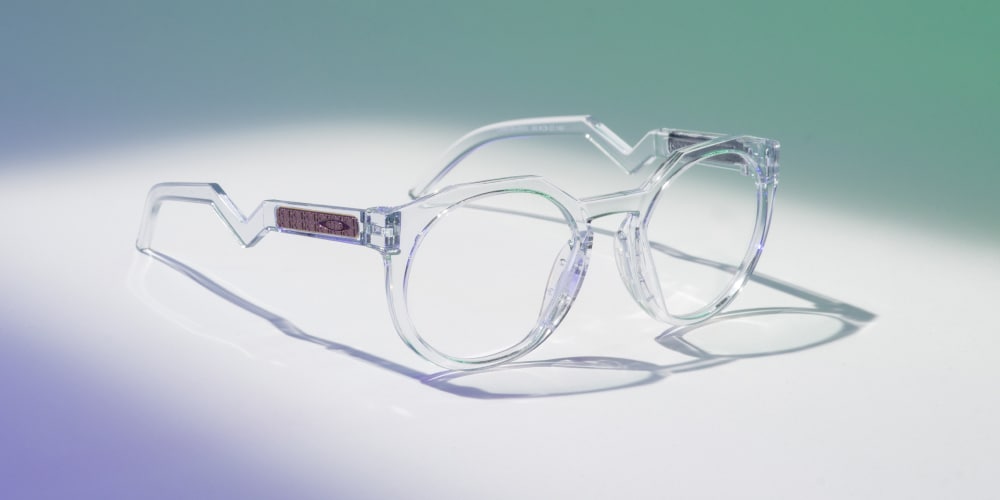
What Are High-Index Lenses?
You might think that if you have a strong vision prescription, your glasses have to frame thick, heavy lenses. This may have been true in the past, but it’s no longer the case. High-index lenses enable people with strong prescriptions to see clearly with thinner, lighter and less noticeable lenses than standard glass or even plastic lenses.
Eyeglass lenses correct your vision problem by bending light as it enters your eyes. Every lens has a refractive index that measures how the lens refracts (bends) light. Lenses with a high index of refraction bend light and correct vision more efficiently.
You can wear high-index glasses lenses to correct vision problems, including:
- Nearsightedness (myopia) – When things far away appear blurry
- Farsightedness (hyperopia) – When it’s hard to see clearly close up
- Astigmatism – When things appear blurry at all distances
- Presbyopia – When things up close appear blurry due to age-related eye changes
What Are High-Index Lenses Made Of?
High-index glasses lenses are made from plastics that are specially manufactured to bend light more effectively than regular lenses. These lenses use less material because they can be cut more thinly than regular lenses.
The following are the most common materials used in eyeglass lenses from thickest to thinnest. Anything over a refractive index (how well the material bends light) of 1.52 is considered a high-index lens:
- CR39 (standard) plastic – 1.50
- Crown (standard) glass – 1.52
- Trivex – 1.53
- Mid-index plastic – 1.54 to 1.56
- Polycarbonate – 1.59
- 1.60 high-index plastic – 1.60
- 1.67 high index plastic – 1.67
- 1.74 high-index plastic – 1.74
The higher the refractive index, the thinner the lens. If you choose lenses with a refractive index of 1.67 or higher, they will likely be less than half as thick as regular plastic lenses.
If you want your lenses to be lighter as well as thinner, you’ll need to consider the specific gravityof the lens. This measures how dense a lens is. The thinnest and lightest lenses have lens material with a high index of refraction and a low specific gravity.
These lenses can be 25% to 30% lighter than regular plastic lenses and can weigh less than half as much as regular glass lenses.
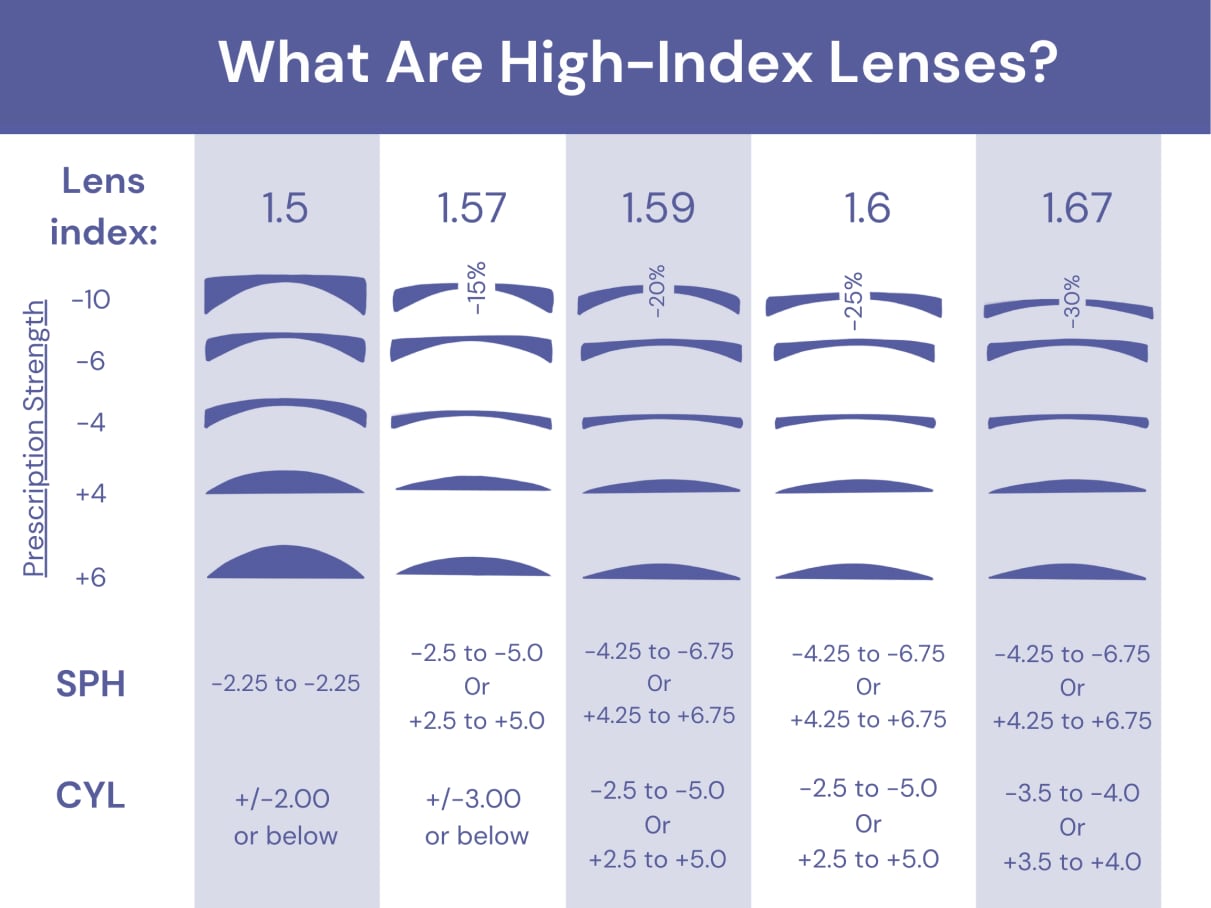
What’s the Difference Between 1.67 and 1.74 High-Index Lenses?
Both 1.74 high-index lenses and 1.67 high-index lenses have a high index of refraction and can accommodate strong prescriptions.
The lenses differ, however, in the following ways:
- 1.74 high-index lenses are the thinnest lenses available today and are up to 10% thinner than 1.67 high index lenses.
- 1.74 high-index lenses are for especially strong prescriptions of +/-8.00 or higher.
- 1.74 high-index lenses cost more than 1.67 high index lenses.
- When you wear lenses with a strong prescription, it can cause your eyes to look bigger or smaller than they are. Both of these lenses help correct this, but 1.74 high-index lenses do it better.
Advantages and Disadvantages of High-Index Lenses
High-index lenses offer many advantages, such as:
- They’re thinner and often lighter than regular lenses – High-index eyeglass lenses are thinner than regular lenses. The thinness of your specific lenses depends on your lens prescription, the lens index and the size and shape of your frames. High-index lenses are also often scratch resistant.
- They’re adaptable – You can customize high-index lenses to fit your specific vision needs including single-vision,progressive, blue light filtering and light responsive. You can also choose polarized high-index lenses for sunglasses.
- They fit most frames – You can show off your style with high-index glasses lenses because they’re thin enough to fit in many types of frames. Lenses need to be thicker to fit larger frames (no matter the refractive index), so you may want to choose a smaller frame.
- They’re comfortable – These thinner, lighter lenses aren’t heavy, and your glasses are less likely to slide down your face.
There are some disadvantages to think about before you commit to high-index eyeglass lenses:
- They can cost more than other lenses – High-index glasses lenses are usually more expensive because of their manufacturing process and because they’re made with more costly materials. Depending where you buy them, you could expect to pay three or four times more for 1.67 and 1.74 high-index lenses than you would for standard plastic or glass lenses. In general, the higher the index of refraction, the more expensive the lenses will be.
- They are fragile – High-index glasses lenses are not as impact resistant as other plastic glasses lenses. So, they need to be handled with care. These lenses wouldn’t be a good choice for kids or people who play high-impact sports, for example.
- They need anti-reflective coating – Every lens blocks some light from entering the eye and reflects it back out. Regular plastic or glass lenses reflect about 8% of light, and high-index eyeglass lenses can reflect up to 50% more light than regular glass or plastic lenses. This reflection can make it hard to drive at night. So, you’ll want to add an anti-reflective coating to your lenses. This will improve your vision but could be an extra cost.
Do I Need High-Index Lenses and Are They Worth It?
If you have a high eyeglasses prescription, they could be a good option for you. These thin lenses look good and are light enough to be comfortable to wear all day. While they are more expensive than standard plastic or glass lenses, it may be worth it to be able to see clearly without having to wear thick lenses.
Talk with your eye doctor to see if these lenses are right for you.









